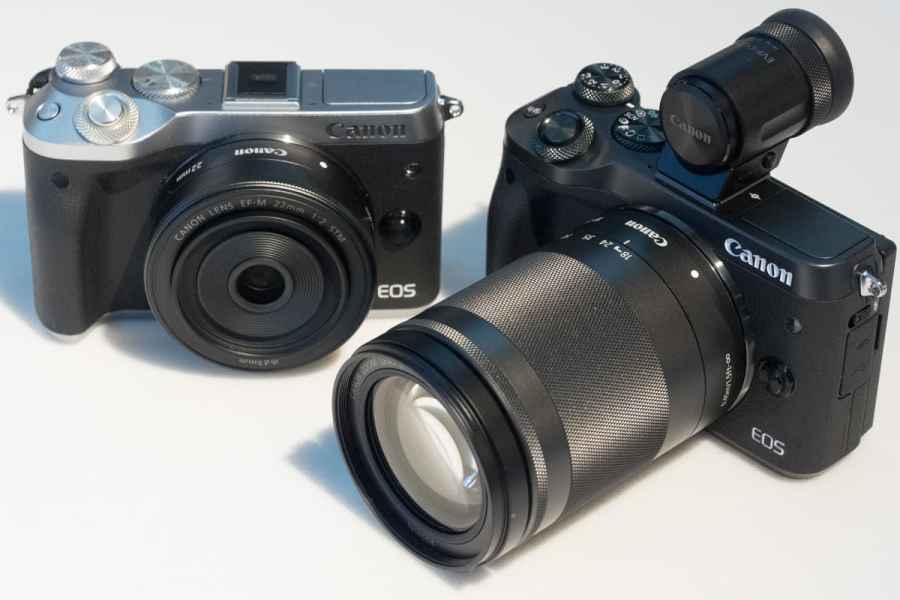Canon’s new introduction in its M range of compact system cameras comes a couple of years after the EOS M3. The M6 is its replacement, and it sits below the M5 which was announced last year.
Here we’ll take a look at how the specifications from each stack up against each other.
Canon EOS M6 vs Canon EOS M3: Sensor
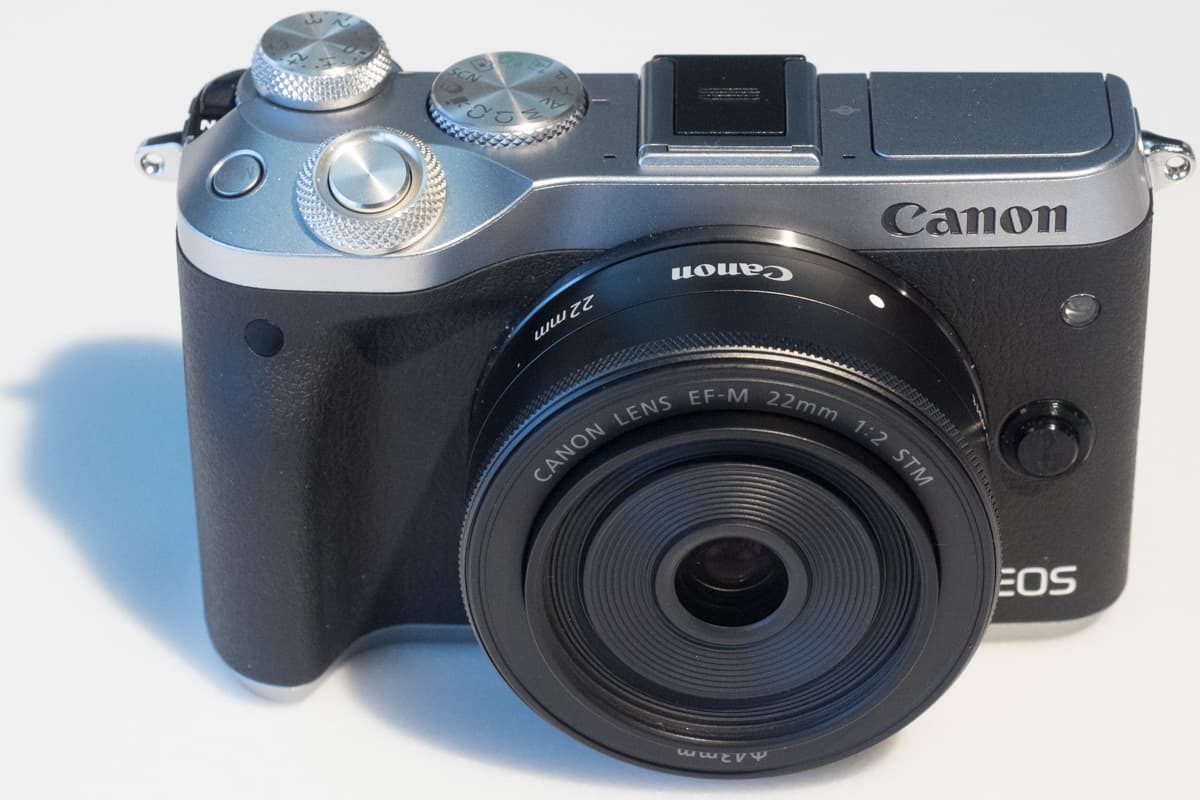
While both of the cameras have a 24.2 megapixel APS-C CMOS sensor, the M6 uses the newer Dual Pixel CMOS sensor that we’ve seen across a variety of Canon products of late. This means that AF speeds are improved, as well as being more accurate.
Canon EOS M6 vs Canon EOS M3: Processor
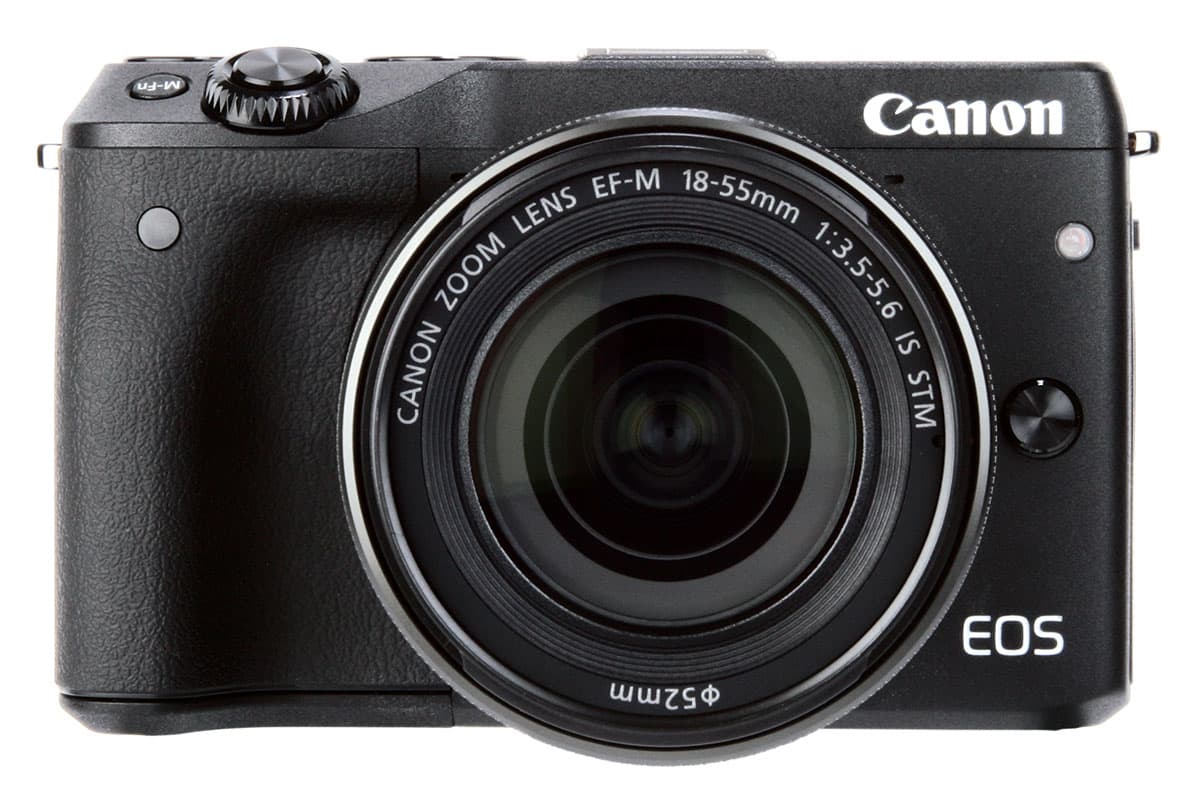
Another upgrade here for the M6, with it having the latest Digic 7 processor, something which is starting to appear on most of Canon’s newest releases. The M3 had the older Digic 6 processor. The newer brings with it improvements across some key areas, including frame rate and helping with the improved AF speed.
Canon EOS M6 vs Canon EOS M3: Screen
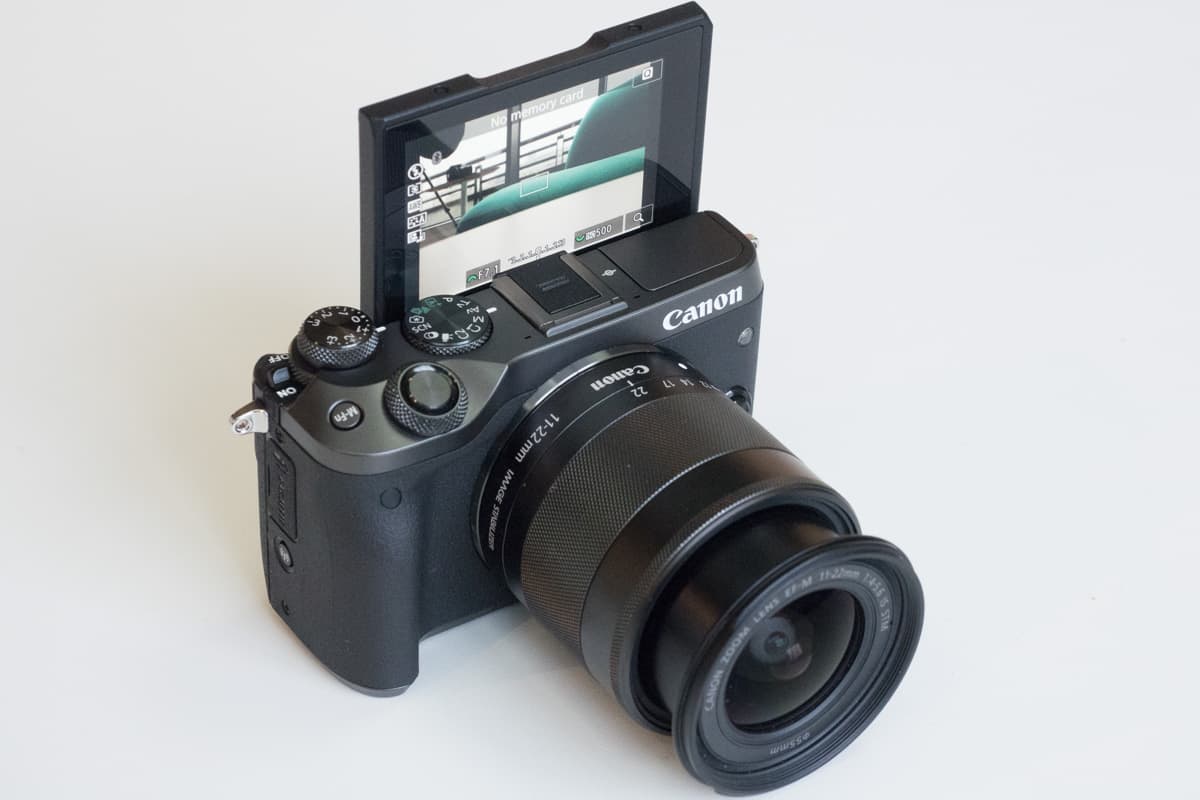
The LCD can face forwards over the top of the camera for selfies
Canon has stuck with the same screen for the M6 as it used for the M3, so this specification is identical. It’s a 3-inch, 1040k-dot touch-sensitive LCD screen. You can tilt it upwards to use it as a waist-level viewfinder, or you can point it downwards to help when shooting from a high angle. You can also face it all the way forwards for taking selfies and group shots.
Canon EOS M6 vs Canon EOS M3: Frame Rate
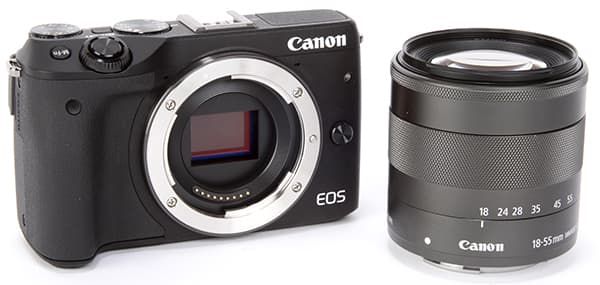
One of the big improvements facilitated by Digic 7 is a major increase in burst shooting speed. Now you can shoot at 7fps with continuous AF, or 9fps if you are happy to have the AF fixed at the first frame. The buffer depth facilitates 17 raw shots, or 120 JPEGs. By contrast, the EOS M3 had a maximum burst rate of 4.2fps.
Canon EOS M6 vs Canon EOS M3: Video
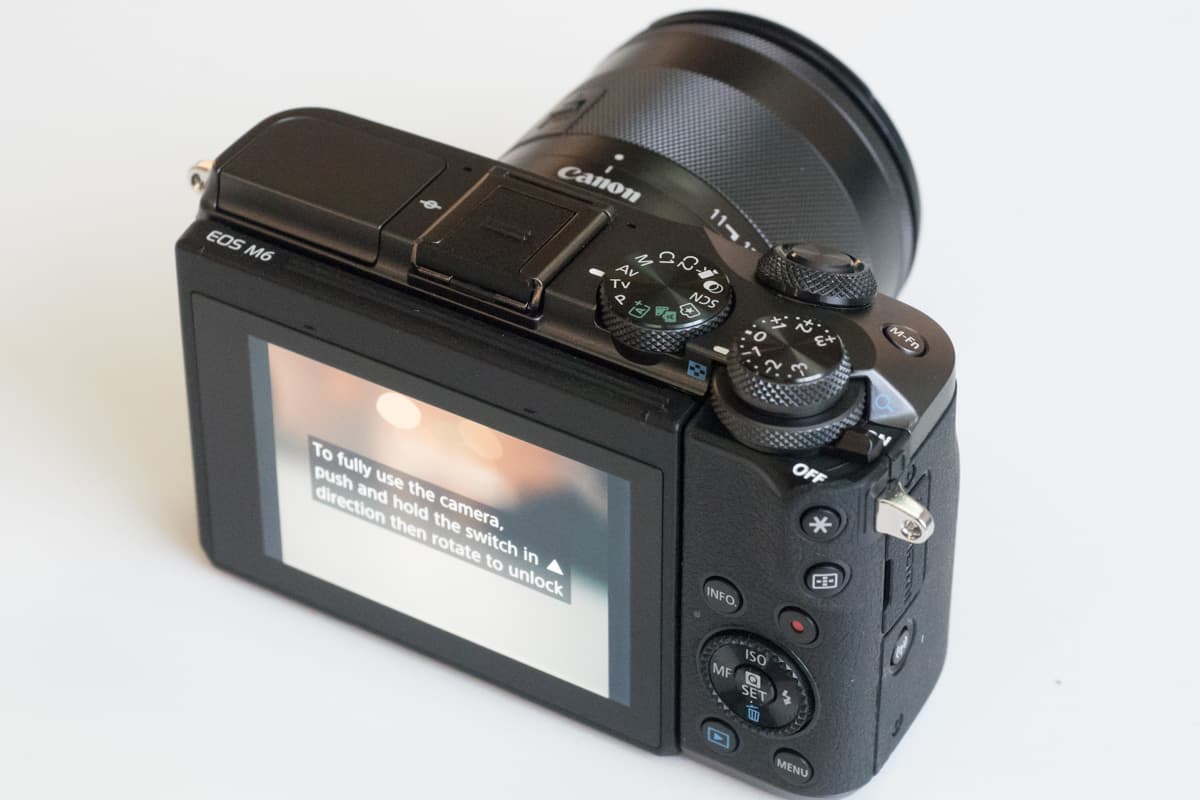
Canon is sticking with Full HD for the M6, just as it has done for the M5 and some of its most recent DSLRs. Still, there has been a couple of upgrades – Full HD is now available up to 60p, while 5-axis image stabilisation has also been included for smoother capture.
Canon EOS M6 vs Canon EOS M3: Viewfinder
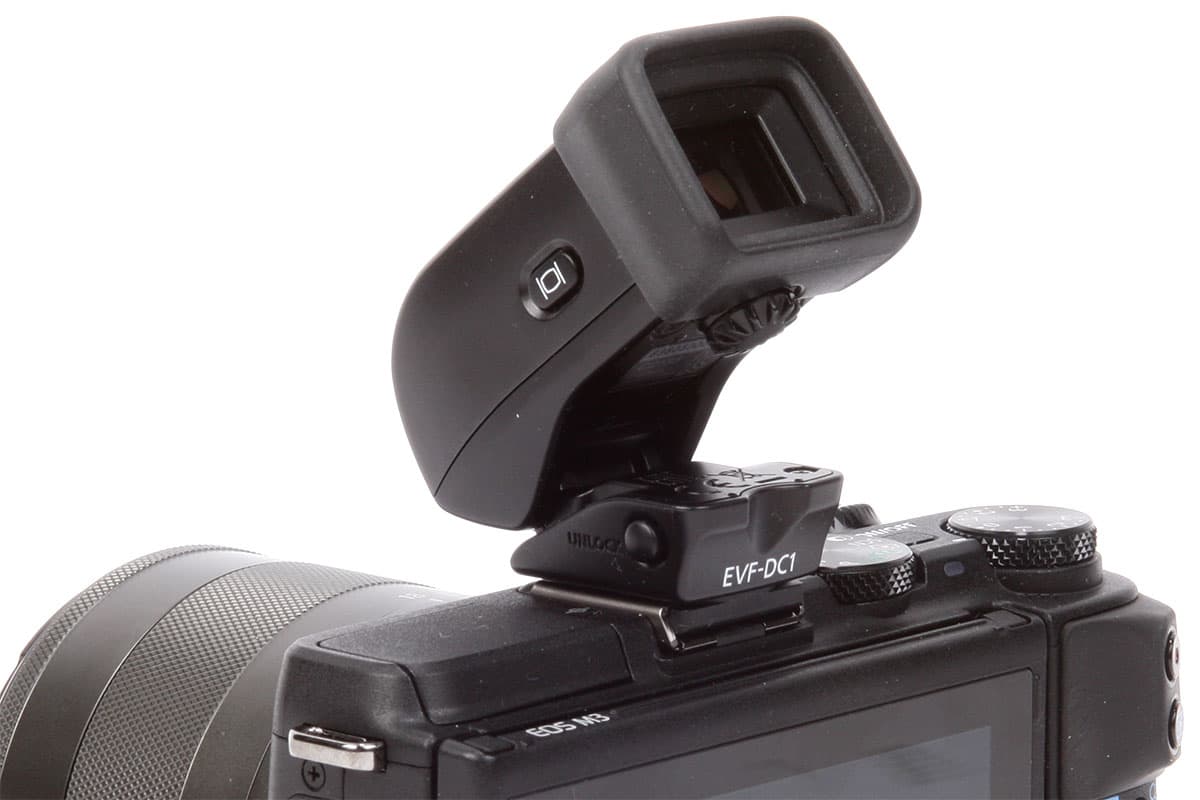
Just like its predecessor, the M6 doesn’t have a built-in viewfinder. Also, just like the M3, you can buy one at additional cost if you really want to. For this release, Canon has also introduced a new viewfinder which is a 0.39-inch type, 2.36-million dot device. This will set you back an extra £219.99 – in fact, it could be said that the M6 is just the M5 without the viewfinder built in.
Canon EOS M6 vs Canon EOS M3: Design
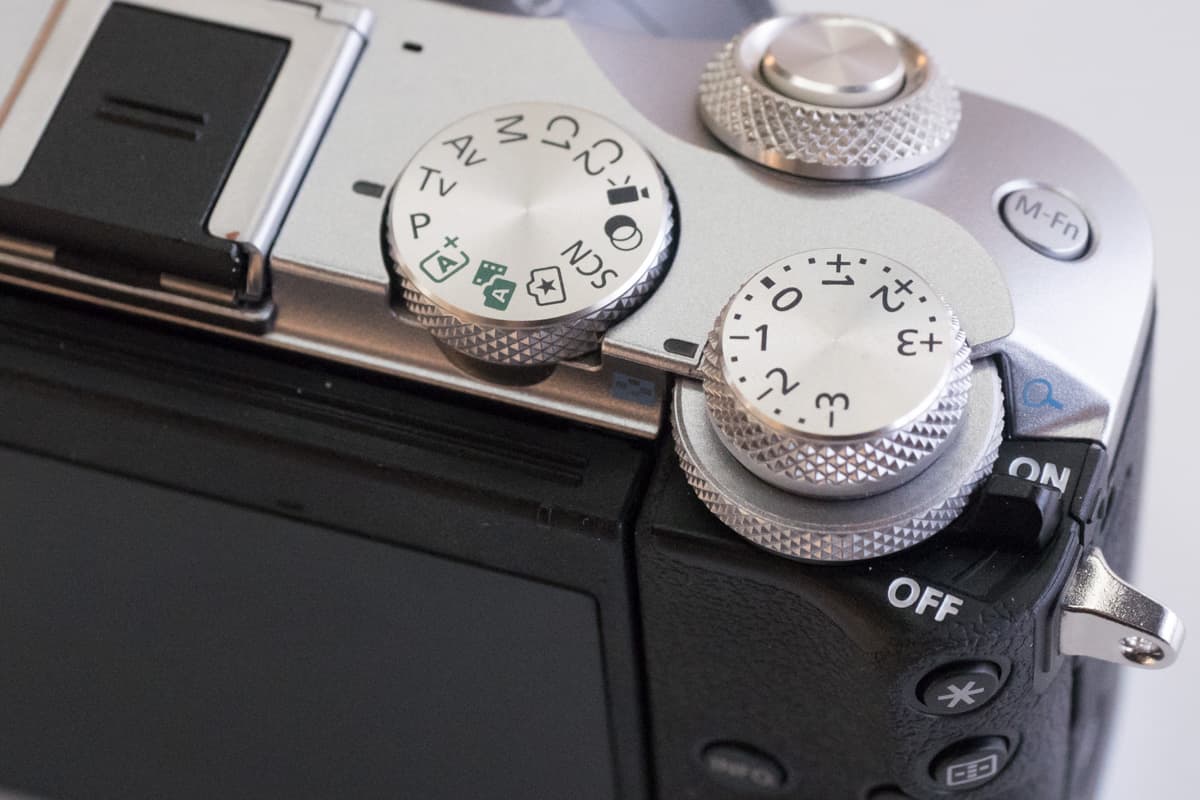
Canon has stuck to a similar design for the M6 as it had for the M3, and the two cameras are very similar in size. Despite the fact that the M6 is small, it is still replete with dials and buttons which give you quick and easy access to the majority of settings – most of the buttons are placed on the right hand side of the camera too.
Canon EOS M6 vs Canon EOS M3: Connectivity
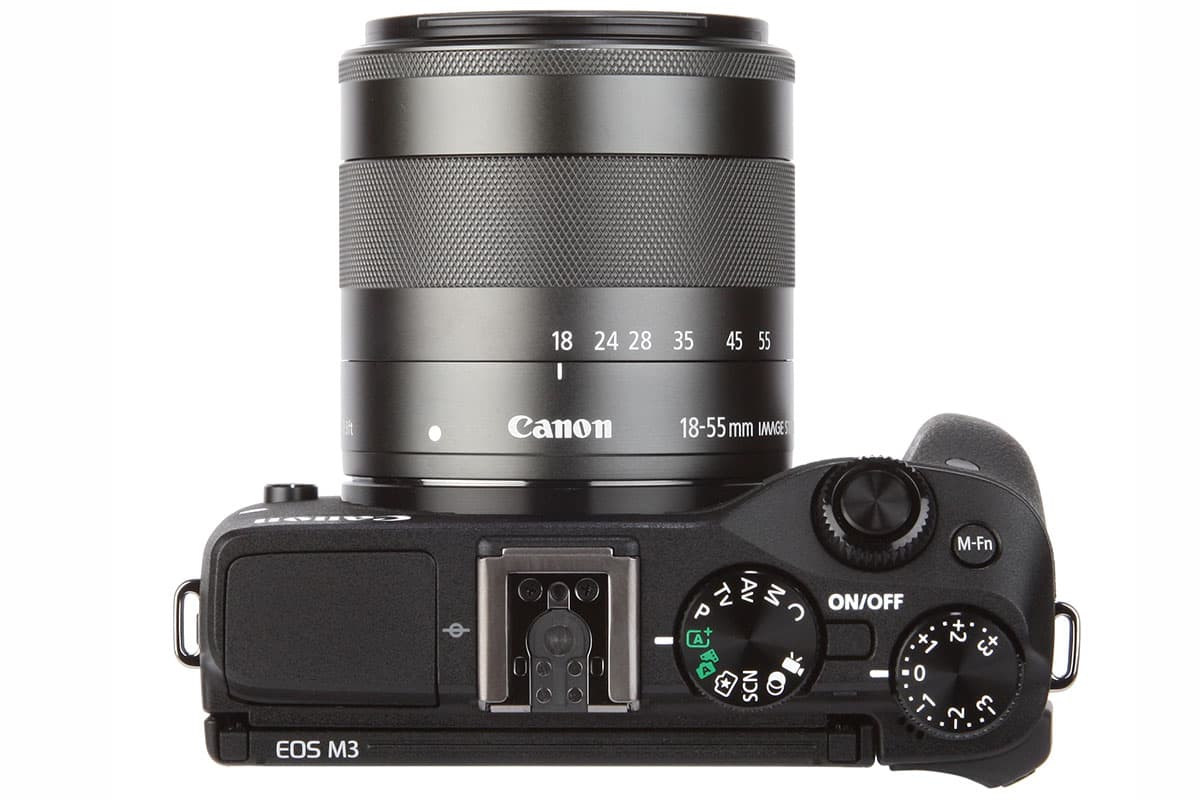
A new addition for the M6 is Bluetooth connectivity. This allows for an always-on connection which makes remote controlling the camera very quick and easy. There’s also Wi-Fi and NFC available too, which give you more advanced control of the camera. The M3 just had Wi-Fi and NFC.
Canon EOS M6 vs Canon EOS M3: Battery
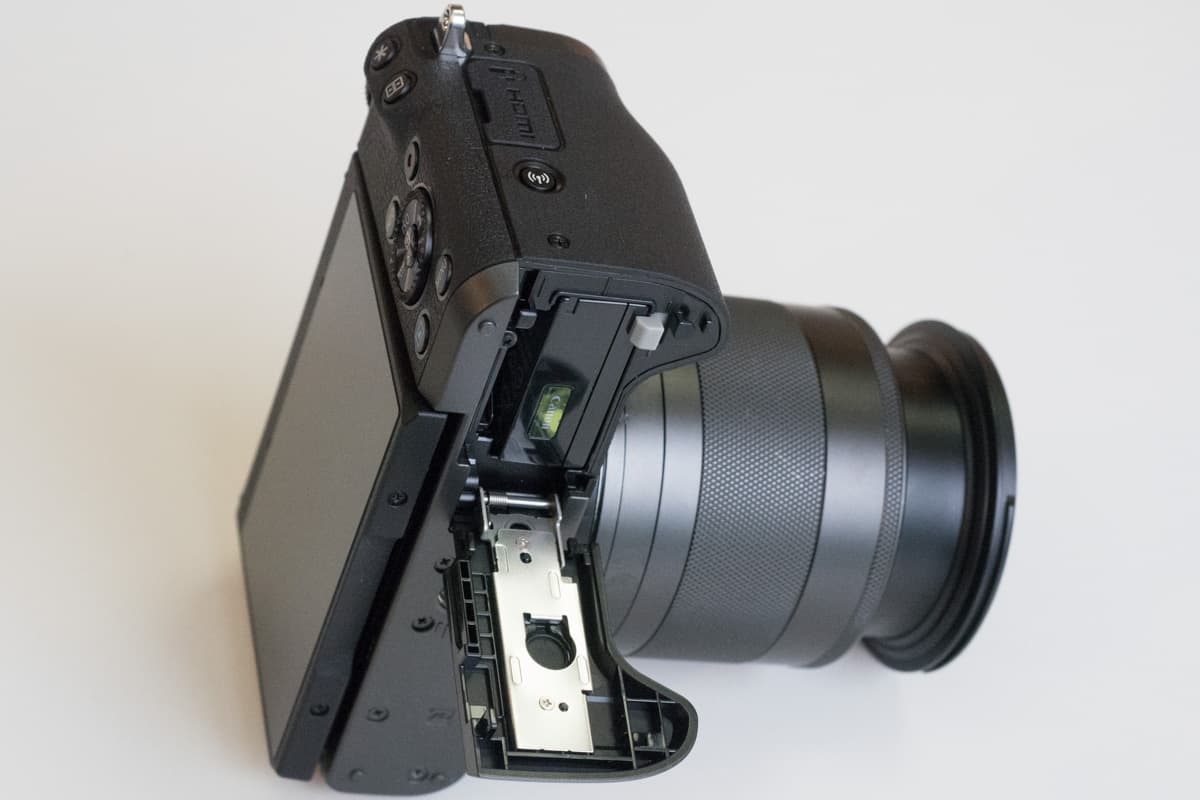
Canon seems to have found a way to squeeze a little more life out of the battery for the M6, with its rating listed as 295 shots – the M3 could only manage around 250.
Canon EOS M6 vs Canon EOS M3: Price
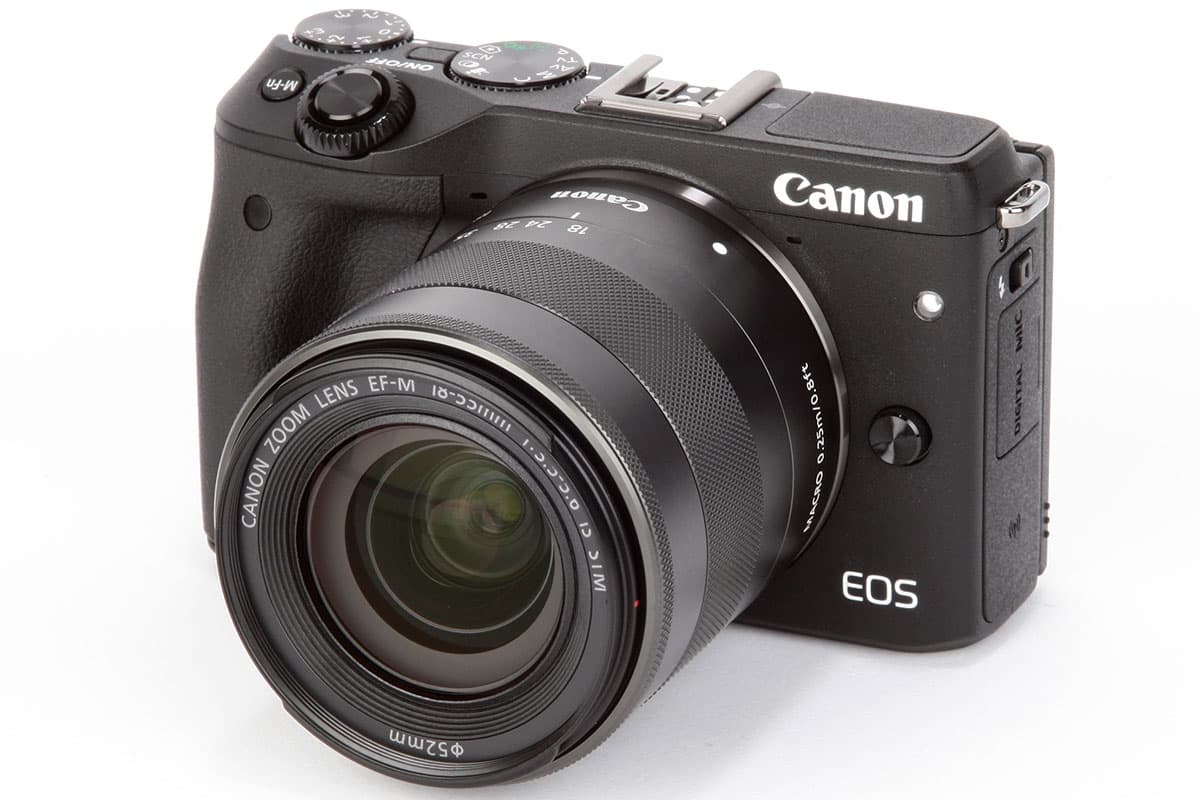
Here’s perhaps the biggest different. The pre-order price for the EOS M6 is a cool £729 body only, or £839 with a 15-45mm kit lens. By contrast, you can currently pick up the EOS M3 for just £369 body only, or £419 with the 15-45mm lens. With it being almost half the price of the newer camera, you might want to consider going for the older model if you’re not too bothered by the upgrades.
Read more:

